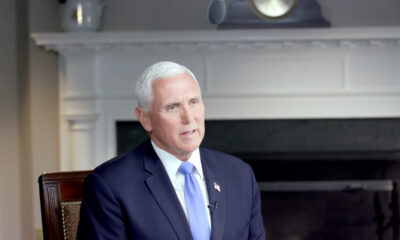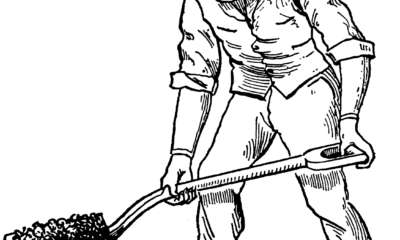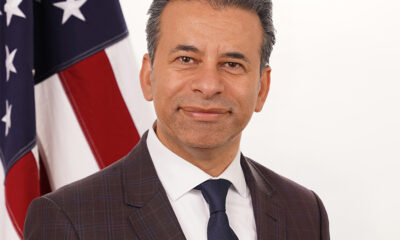Civilization
Abraham Lincoln and the Pardon Power
Abraham Lincoln provides an instructive example of the pardon power, why Presidents have it, and how to use it – or not – in select cases.
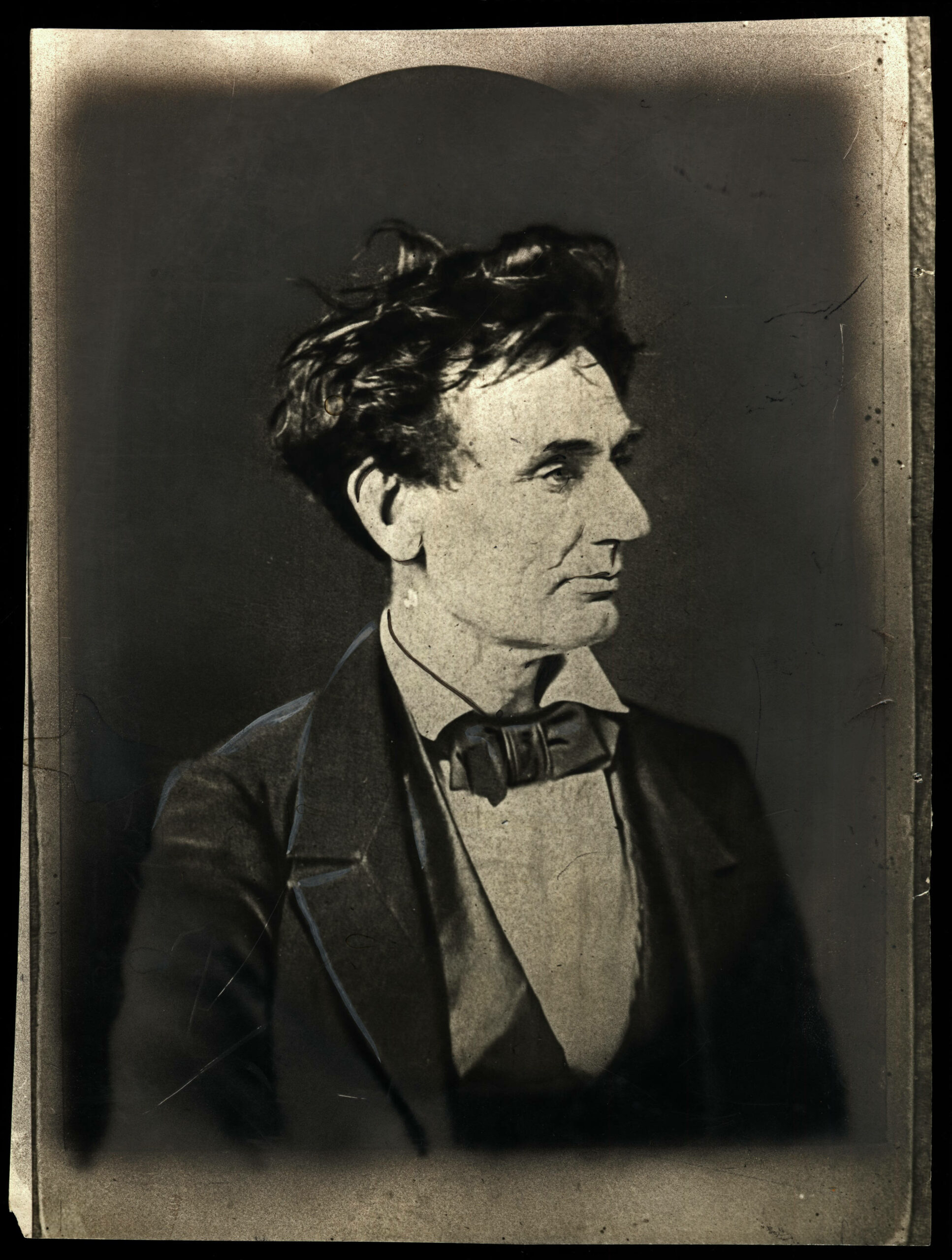
During this period of transition between presidential administrations – when pardons are typically issued in large numbers – it is useful to see how another president used the pardon power afforded to him by the Constitution.
Abraham Lincoln and how he struggled with pardon questions
When considering pardon requests during the Civil War, Abraham Lincoln typically sought to pursue justice as he understood it, regardless of a petitioner’s race, class, or sex. In making his decisions, Lincoln strove to avoid getting swept up by the passions of the day. Indeed, some cases took great courage because they involved significant political risk. Reviewing death penalty cases even gave him headaches.
One of Lincoln’s earliest pardons involved a young soldier from Vermont named William Scott who fell asleep at his post near Washington, D.C., after two consecutive nights on guard duty in 1861. For this crime, Scott was court-martialed and sentenced to be shot.
Army officers supported the death penalty in “sleeping sentinel” cases to set examples for other soldiers. But military authorities in the 1860s did not appreciate the physiological importance of sleep. Today, we understand that the human body requires a fixed amount of rest for the brain to function properly. In the nineteenth century, professional soldiers thought that falling asleep on picket reflected the inherent weakness – even immorality – of a person’s character.
In Scott’s case, Lincoln decided to show mercy. But Lincoln’s pardon was more than mere mercy – it was also an act of justice. Military authorities were not protecting soldiers’ sleep, so that job fell to the president.
Slave trade cases
By contrast, the following year, Lincoln allowed a notorious slave trader named Nathaniel Gordon to be executed. In August 1860, Gordon had loaded 897 Africans onto his ship, the Erie. Most were women and children; some were as young as six months old. Soon after setting sail, a U.S. navy vessel captured the Erie and sent Gordon to New York City for trial.
Although slave trading had been illegal since 1808, Gordon knew he had little to fear because no one had ever been fully punished for the crime. His first prosecution ended in a mistrial, but Lincoln’s U.S. attorney for the Southern District of New York had Gordon retried in November 1861, and he was convicted and sentenced to be executed. Thousands of Northerners petitioned Lincoln to spare Gordon’s life, but Lincoln refused, and the hanging took place on February 21, 1862. When handling another slave trading case, Lincoln declared, “I never will pardon” any person “who, for paltry gain and stimulated only by avarice, can rob Africa of her children to sell into interminable bondage.” In other words, justice required that someone like Gordon pay the full penalty for his crime.
The Dakota War
A few months later, war broke out in Minnesota between Dakota Indians and white settlers. The Dakotas were starving. Treaties with the U.S. government had hemmed them into small reservations, and the government was delinquent in paying their annuities. To make matters worse, merchants and federal agents were horribly corrupt, defrauding the Dakotas year after year, keeping them perpetually in debt.
In August 1862, Dakota warriors attacked and killed more than 600 white settlers, including many women and children. Stories of unarmed civilians being raped and killed were common. Soon the U.S. army mobilized and counterattacked. After six weeks of fighting, the Dakotas were defeated, and hundreds of warriors were captured. In September, the army set up a military tribunal to try the Dakotas for war crimes. Some of the trials took only a few minutes. Over the course of 30 days, 303 Dakotas were found guilty and sentenced to be executed, while only 69 were acquitted.
Lincoln refused to execute indiscriminately
The pressure on Lincoln to approve the executions was immense. One Minnesotan wrote to Lincoln: “The voice of this people calls for vengeance … the people of this state … are so exasperated against the Indians that if the authorities do not hang them, they will.” Jane Grey Swisshelm, a radical abolitionist and first-wave feminist, wrote, “Shoot the hyenas and ask no odds of any man…. Exterminate the wild beasts, and make peace with the devil and all his hosts sooner than with these red-jawed tigers whose fangs are dripping with the blood of innocents!”
Into this racial and political maelstrom, Lincoln deliberately slowed things down. He ordered military leaders in Minnesota to delay executions until they heard from him. He then had three trusted lawyers review all 303 case files. He wanted to know which Indians had committed war crimes – like rape or the murder of unarmed civilians – and which had simply been captured on the battlefield during the war. After a careful review, Lincoln commuted the sentences of 265 Dakotas, and he approved the executions of 38 whom he believed had committed atrocities against unarmed civilians.
Would not “hang men for votes”
This moment is controversial today because it was the largest single-day mass execution in American history. But it is also the largest commutation. Moreover, Lincoln’s view that only the Dakotas who had attacked noncombatants should be punished aligned with his view of whites in similar situations. When they were found guilty of atrocities like violating women or fighting like guerrillas, Lincoln tended to let their convictions stand.
The execution of the 38 took place on December 26, 1862. Afterwards, a politician chastised Lincoln, saying that Republicans would have done better in the previous election if he had executed them all. Lincoln replied, “I could not afford to hang men for votes.”
This article was originally published by RealClearHistory and made available via RealClearWire.
Jonathan W. White is a Professor of American Studies at Christopher Newport University and a fellow with the Jack Miller Center. He was co-recipient of the 2023 Gilder Lehrman Lincoln Prize (with Jon Meacham) for “A House Built By Slaves: African American Visitors to the Lincoln White House.” His latest book is “My Day with Abe Lincoln” (Reedy Press) which was illustrated by Christopher Newport University student Madeline Renaux.
-
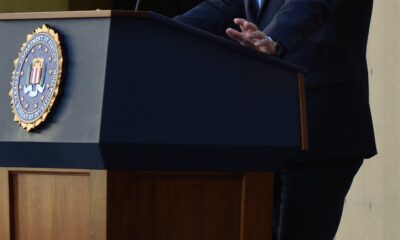
 Civilization2 days ago
Civilization2 days agoDC Pipe Bomb Arrest Raises Questions About Christopher’s Wray’s FBI
-

 Civilization5 days ago
Civilization5 days agoYoo Hoo, VP Vance—Your Character is Showing!
-

 Executive5 days ago
Executive5 days agoThe Last Supper: New York’s Socialist Feast
-

 Guest Columns4 days ago
Guest Columns4 days agoCongressional Leaders See Far Higher Stock Returns Than Peers
-

 Civilization3 days ago
Civilization3 days agoThe Legal Logic Behind U.S. Operations Against Narco-Terrorist Networks
-

 Civilization5 days ago
Civilization5 days agoFacing Facts & Rolling Back Mythologies: The New National Security Strategy
-
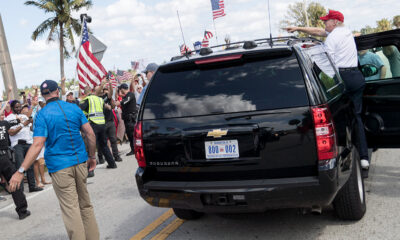
 Civilization4 days ago
Civilization4 days agoHow Trump Changed America
-

 Executive3 days ago
Executive3 days agoNewsom’s ‘National Model’ for Homeless Wracked by Fraud



